 Your new post is loading...
 Your new post is loading...
Formal knowledge representation (KR) is about building models of the world, of a particular domain or a problem, which allow for automatic reasoning and interpretation. Such formal models are called ontologies and can be used to provide formal semantics (i.e., machine-interpretable meaning) to any sort of information: databases, catalogs, documents, web pages, etc. The association of information with such formal models makes the information much amenable to machine processing and interpretation.
Cit. Atanas Kiryakov. In Semantic Web Technologies: Trends and Research in Ontology-based Systems; John Davies (Editor), Rudi Studer (Co-Editor), Paul Warren (Co-Editor). pp. 115-138 John Wiley & Sons, Europe. Learn more / En savoir plus / Mehr erfahren: https://www.scoop.it/t/21st-century-learning-and-teaching/?&tag=Ontology
Via Gust MEES, juandoming
Scrum is an iterative and incremental agile software development framework for managing product development. It defines "a flexible, holistic product development strategy where a development team works as a unit to reach a common goal", challenges assumptions of the "traditional, sequential approach" to product development, and enables teams to self-organize by encouraging physical co-location or close online collaboration of all team members, as well as daily face-to-face communication among all team members and disciplines involved.
Scrum is an iterative and incremental agile software development framework for managing product development.[1][2] It defines "a flexible, holistic product development strategy where a development team works as a unit to reach a common goal",[3] challenges assumptions of the "traditional, sequential approach"[3] to product development, and enables teams to self-organize by encouraging physical co-location or close online collaboration of all team members, as well as daily face-to-face communication among all team members and disciplines involved.
A key principle of Scrum is its recognition that during product development, the customers can change their minds about what they want and need (often called requirements volatility[4]), and that unpredicted challenges cannot be easily addressed in a traditional predictive or planned manner. As such, Scrum adopts an evidence-based empirical approach—accepting that the problem cannot be fully understood or defined, focusing instead on maximizing the team's ability to deliver quickly, to respond to emerging requirements and to adapt to evolving technologies and changes in market conditions. Learn more / En savoir plus / Mehr erfahren: http://www.scoop.it/t/wordpress-annotum-for-education-science-journal-publishing
Via Gust MEES, Mark E. Deschaine, PhD
“Skills young people should be learning to be prepared for a career in 2020 include:
The ability to concentrate, to focus deeply.
The ability to distinguish between the “noise” and the message in the ever-growing sea of information. The ability to do public problem solving through cooperative work. The ability to search effectively for information and to be able to discern the quality and veracity of the information one finds and then communicate these findings well. Synthesizing skills (being able to bring together details from many sources). The capability to be futures-minded through formal education in the practices of horizon-scanning, trends analysis and strategic foresight.” Learn more / En savoir plus / Mehr erfahren: https://gustmees.wordpress.com/2015/05/26/what-are-the-skills-needed-from-students-in-the-future/
Via Gust MEES
There is no leadership, personal or organizational, without listening. In fact, ability to truly listen (and not just hear) is the foundation of having a conversation, building trust, influencing others, resolving conflicts, driving your vision, building relationships, implementing change and... Learn more / En savoir plus / Mehr erfahren: http://www.scoop.it/t/21st-century-learning-and-teaching/?tag=listening
Via Gust MEES
How The Activity Learning Theory Works
Vygotsky’s earlier concept of mediation, which encompassed learning alongside others (Zone of Proximal Development) and through interaction with artifacts, was the basis for Engeström’s version of Activity Theory (known as Scandinavian Activity Theory). Engeström’s approach was to explain human thought processes not simply on the basis of the individual, but in the wider context of the individual’s interactions within the social world through artifacts, and specifically in situations where activities were being produced.
In Activity Theory people (actors) use external tools (e.g. hammer, computer, car) and internal tools (e.g. plans, cognitive maps) to achieve their goals. In the social world there are many artifacts, which are seen not only as objects, but also as things that are embedded within culture, with the result that every object has cultural and/or social significance.
Tools (which can limit or enable) can also be brought to bear on the mediation of social interaction, and they influence both the behavior of the actors (those who use the tools) and also the social structure within which the actors exist (the environment, tools, artifacts). For further reading, here is Engeström’s own overview of 3 Generations of Activity Theory development. The first figure shows Second Generation AT as it is usually presented in the literature.
Via Gust MEES
Cornell professor Kathleen O’Connor, who coaches teams on effective collaboration, says that when psychological safety is absent from the workplace, teams lose the individual knowledge and expertise each member brings to the table and begin to experience what is known as the Common Knowledge Effect.
When this effect is at play, says O’Connor, “teams tend to focus on shared information”, and as a result they have “trouble capitalizing on the diversity of knowledge and expertise in the team”. The very same knowledge and expertise those people were recruited for to begin with. This often leads to poor performance, poor decision-making and missed opportunities for innovation.
Via Gust MEES
|
El aprendizaje no tiene que ser una experiencia "solitaria".
El psicólogo ruso Lev Vygotsky sugirió que el conocimiento se construye a través de nuestras interacciones con los demás.
Los MOOC (Massive Open Online Learning) aprovechan nuestras necesidades sociales inherentes reuniendo a las personas para que aprendan el mismo material en un grupo virtual. Los estudiantes pueden expresar lo que están sintiendo y experimentando con los demás en un espacio compartido, haciendo que el viaje de aprendizaje sea más agradable y menos desalentador.
A medida que las personas ganen confianza, a menudo disfrutarán de una competencia amistosa con sus compañeros aprendices para forzarse a sí mismos a competir en ejercicios y tareas. El reconocimiento es parte de nuestra necesidad de desarrollar la autoestima, y algunos cursos incorporan la gamificación para recompensar los logros de los estudiantes y la ayuda comunitaria. Conozca más / En savoir plus / Mehr erfahren: https://www.scoop.it/t/21st-century-learning-and-teaching/?tag=Social+Learning
Via Gust MEES, María Dolores Díaz Noguera
Organizations face more complexity in the type of work they do, the problems they face, and the markets they interact with. This is due to increasing connections between everyone and everything. To deal with this complexity, organizations should loosen hierarchies and strengthen networks. This challenges command and control management as well as the concept that those in leadership positions are special. Leadership in networks is an emergent property.
In networks, everyone can be a contributor within a transparent environment. Effective networks are diverse and open. Anyone can lead in a network, if there are willing followers. Those who have consensus to lead have to actively listen and make sense of what is happening. They are in service to the network, to help keep it resilient through transparency, diversity of ideas, and openness. Servant leaders help to set the context around them and build consensus around emergent practices.
Traditional management and planning models strive for order and use periodic change management to deal with complexity and chaos. But complexity is becoming the more common state in the network era. This means shifting the focus from analyzing situations, to making constant experiments and learning from them. Learn more / En savoir plus / Mehr erfahren: http://www.scoop.it/t/21st-century-learning-and-teaching/?&tag=listening http://www.scoop.it/t/21st-century-learning-and-teaching/?&tag=LeaderShip
Via Gust MEES
What is professional development? It is pretty much anything that helps one develop professionally. At the heart, professional development is about growth and learning. In the field of education, it seems like many quickly think of educational opportunities that mimic what they see in their schools. As a result, they turn professional learning and education into schooling. The problem with that is that schooling is too limiting. In this age, there are many other exciting and high-impact learning opportunities for teachers that extend beyond traditional notions of schooling. When we hear the phrase “professional development,” certain practices likely come to mind, things like in-services and conferences. In the digital age, there are countless other opportunities for professional development and restricting one’s thoughts to just a few options limits our insight into what is possible for our students. With that in mind, here is a brainstorm of 20 options available to educators today. This is far from an exhaustive list, but it is enough to start exploring the possibilities. Feel free to suggest others in a comment to this post. Learn more: Professional Development: WHY EDUcators And TEACHers Can’t Catch UP THAT Quickly AND How-To Change It LEARNing To LEARN For MY Professional Development | I Did It MY Way
Via Gust MEES, Mark E. Deschaine, PhD, Maite Finch
|



 Your new post is loading...
Your new post is loading...








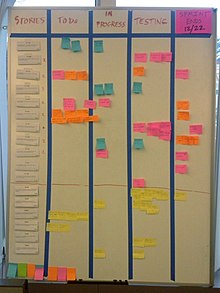

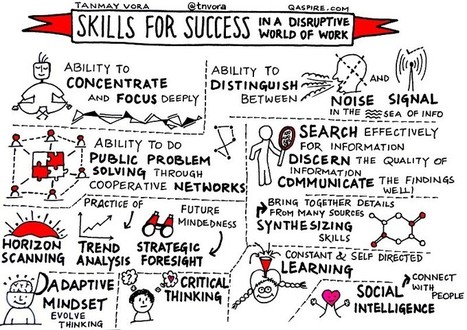



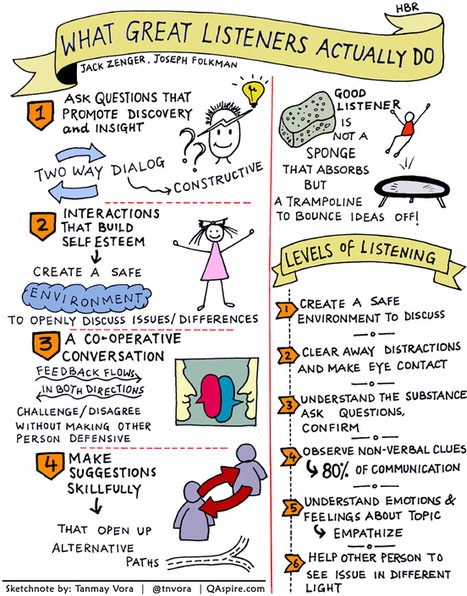

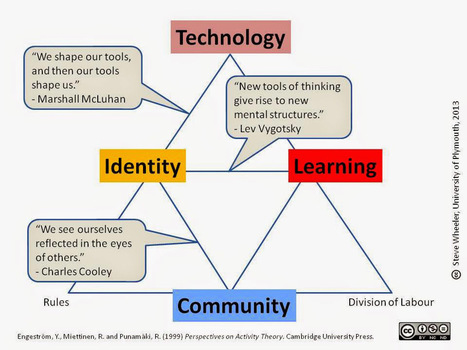


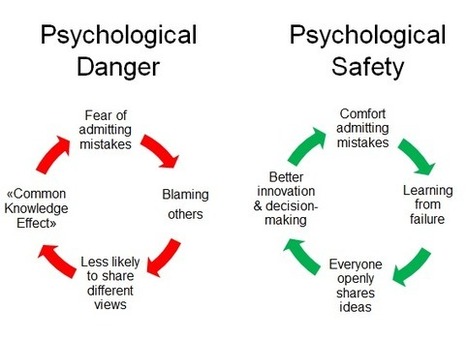





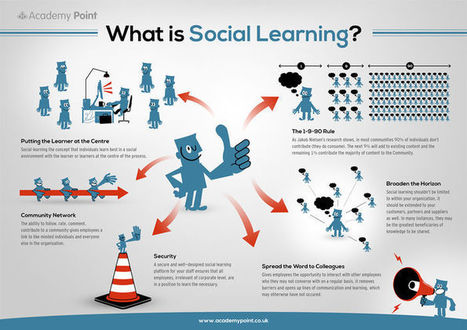


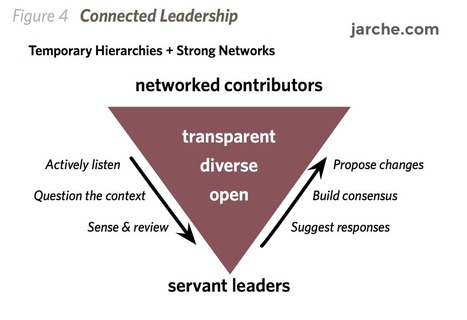











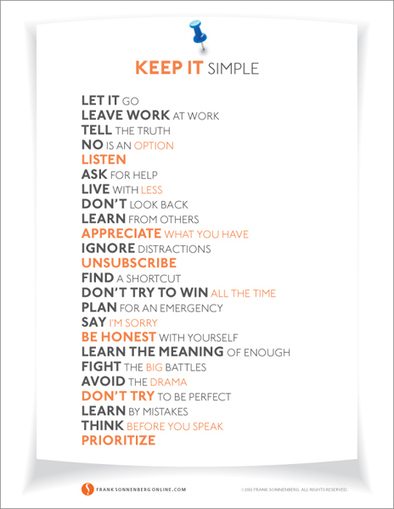
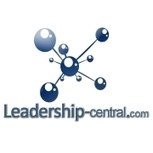
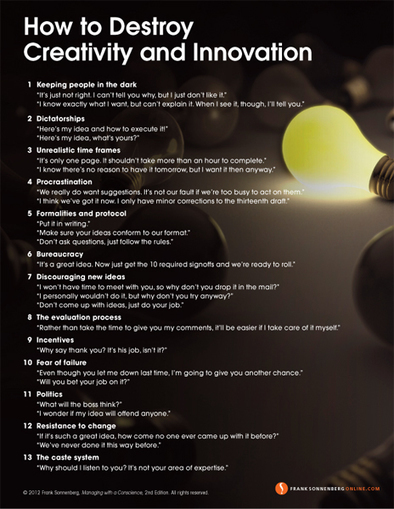








Formal knowledge representation (KR) is about building models of the world, of a particular domain or a problem, which allow for automatic reasoning and interpretation. Such formal models are called ontologies and can be used to provide formal semantics (i.e., machine-interpretable meaning) to any sort of information: databases, catalogs, documents, web pages, etc. The association of information with such formal models makes the information much amenable to machine processing and interpretation.
Cit. Atanas Kiryakov. In Semantic Web Technologies: Trends and Research in Ontology-based Systems; John Davies (Editor), Rudi Studer (Co-Editor), Paul Warren (Co-Editor). pp. 115-138 John Wiley & Sons, Europe.
Learn more / En savoir plus / Mehr erfahren:
https://www.scoop.it/t/21st-century-learning-and-teaching/?&tag=Ontology